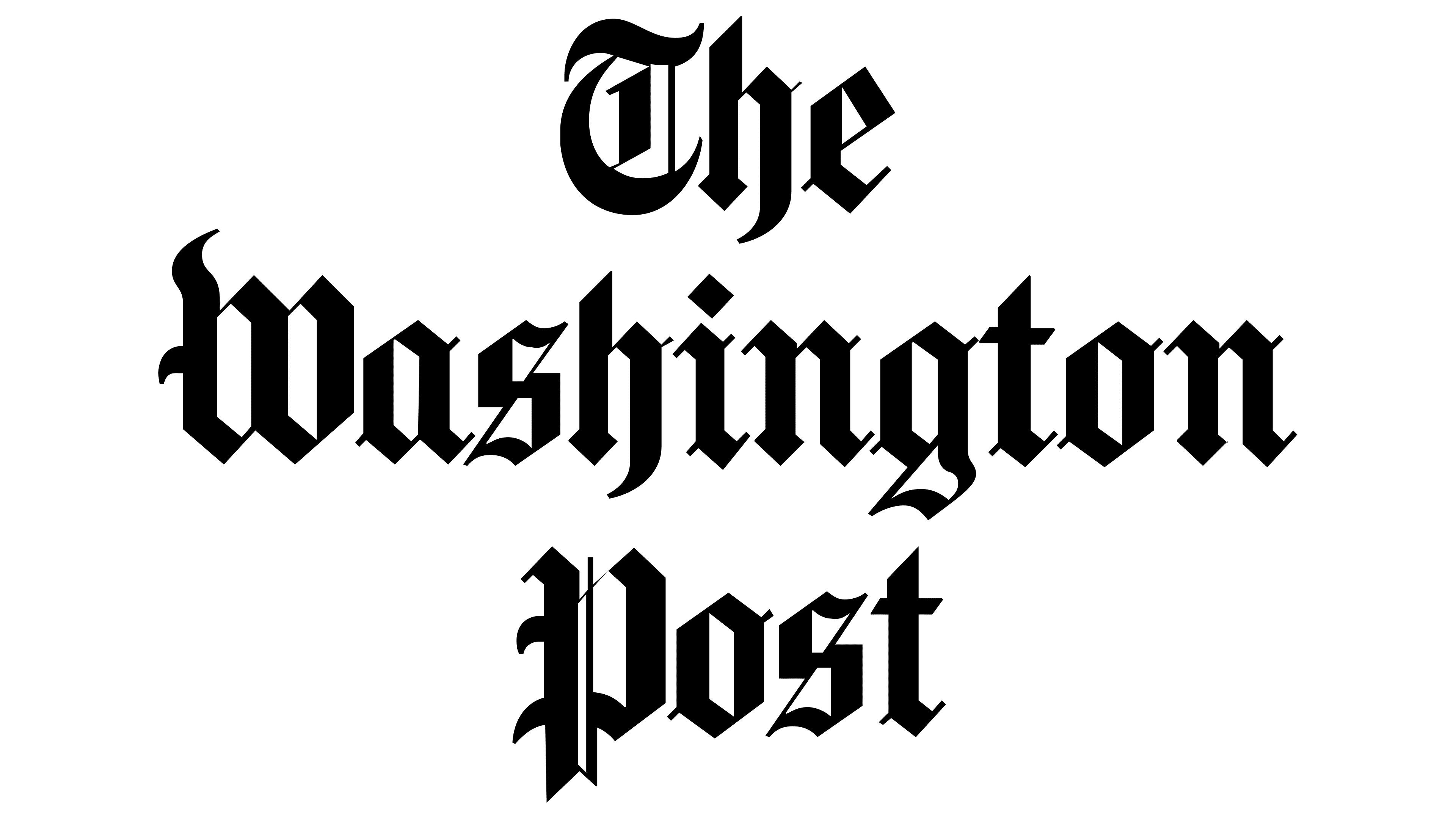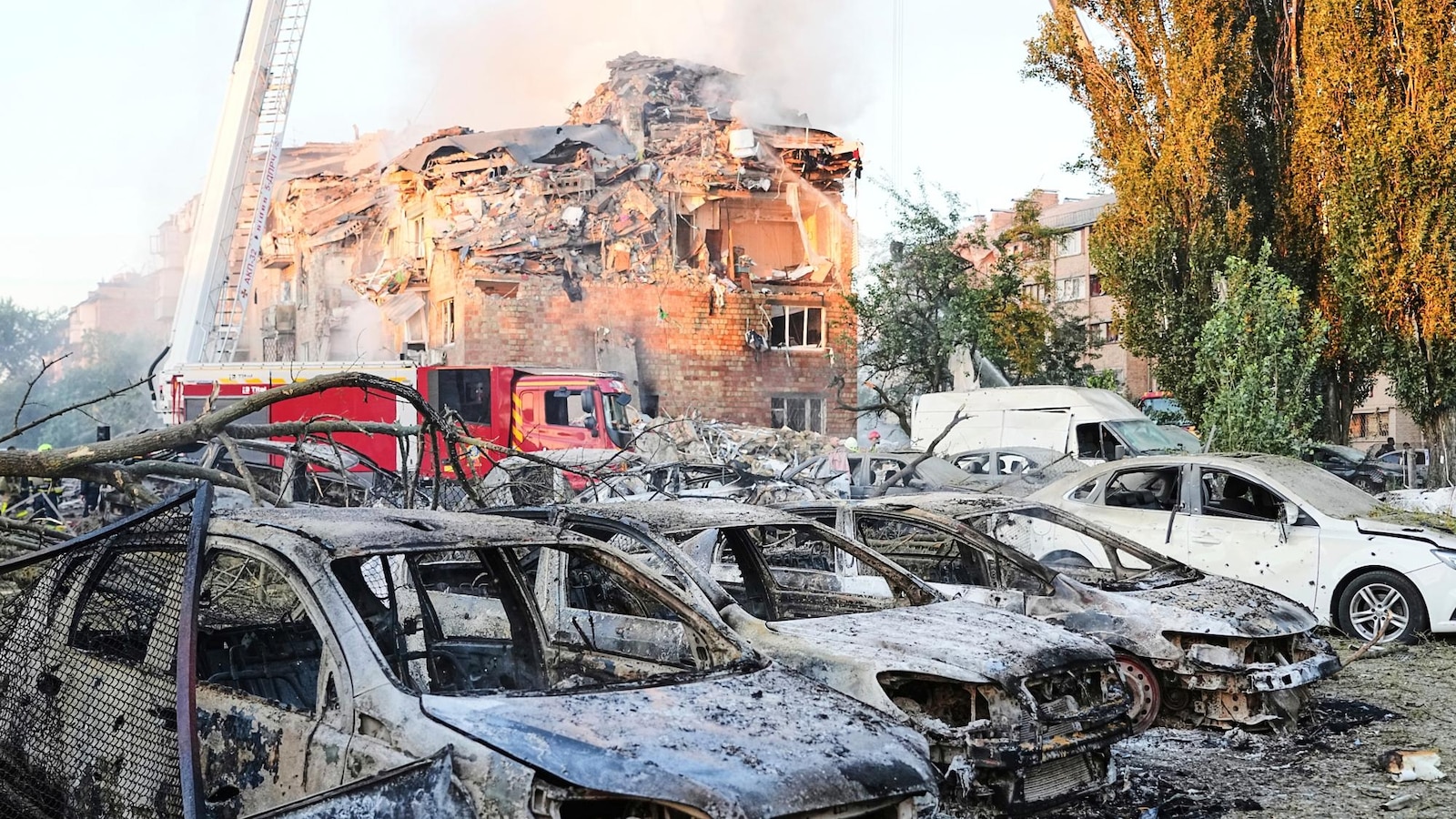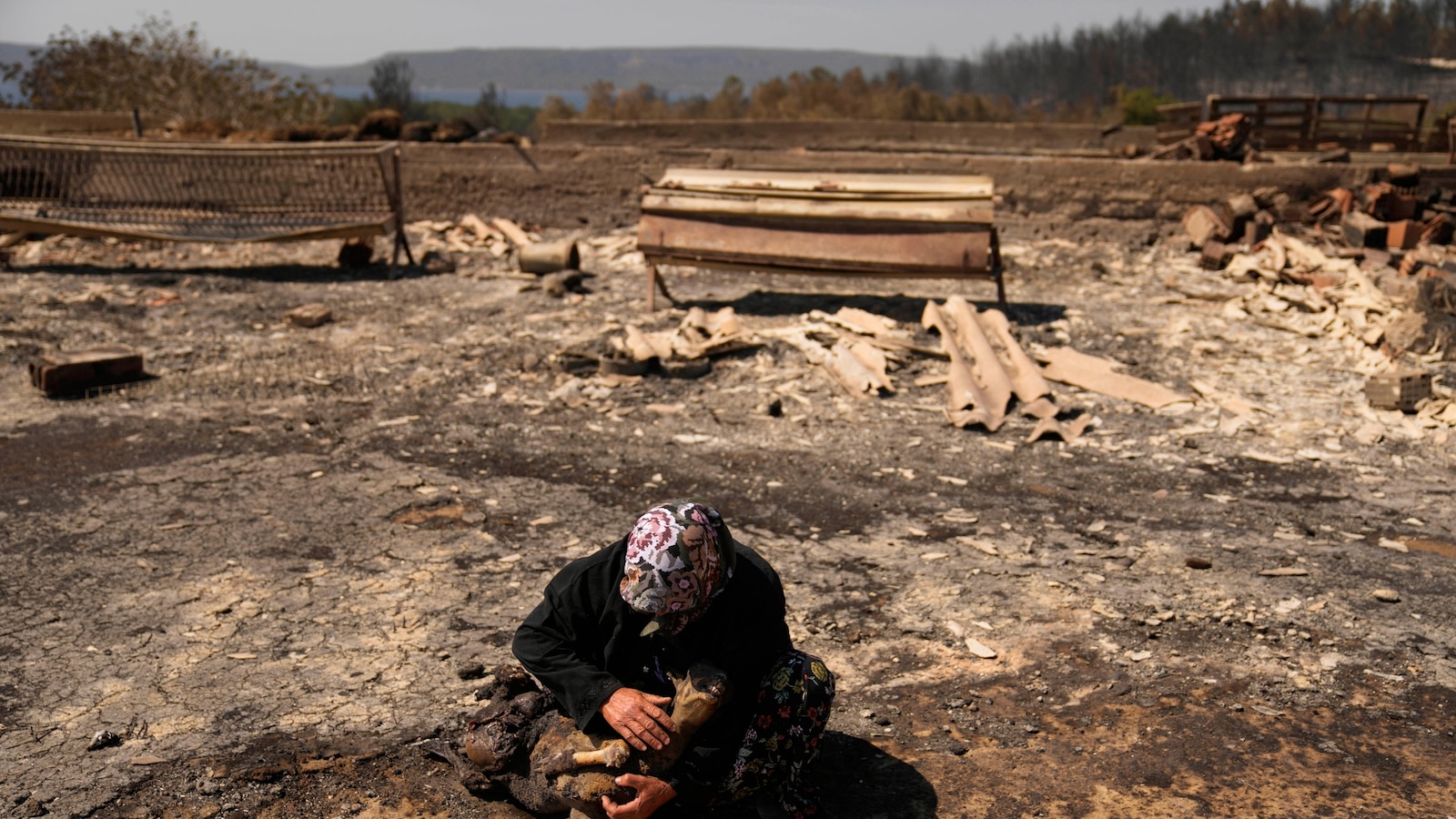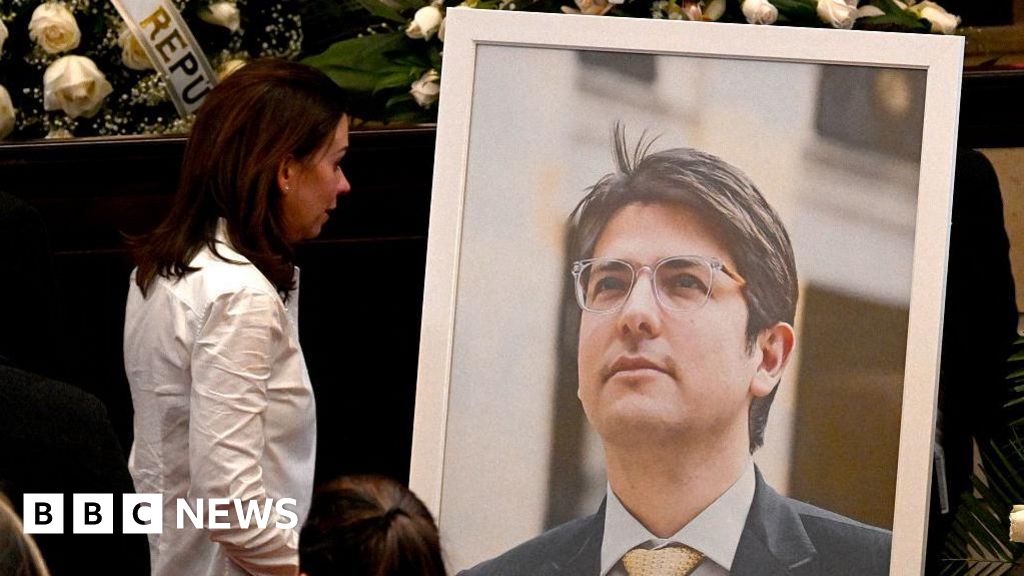ARTICLE AD BOX
President Trump turned the screws Wednesday to force Russian President Vladimir Putin into a face-to-face summit with Ukrainian President Volodymyr Zelenskyy and, ultimately, a peace deal.
Mr. Trump made good on his threat to double tariffs on imports from India to 50% as punishment for importing Russian oil, which helps Moscow finance its war in Ukraine.
Mr. Trump also dispatched special envoy Steve Witkoff to meet with representatives from Ukraine in New York to present a united front with Kyiv to rope Mr. Putin into talks.
The Trump administration is also prepared to boost its role in postwar security guarantees for Ukraine. According to reports in the European press, it now plans to offer Ukraine U.S. intelligence, access to American intelligence assets, battlefield oversight and airpower to the European-led air defense shield.
Mr. Trump has pushed the two sides to reach a peace deal, but Moscow and Kyiv remain far apart on key details, including postwar territorial control and security guarantees.
“We talk to the Russians every day,” Mr. Witkoff said on Fox News. “I think that we may end up seeing a bilateral meeting.
SEE ALSO: Embattled Ukraine focuses strikes on Russian economy’s ‘Achilles heel’
“My own opinion is that [Mr. Trump] is going to be needed at the table to finish a deal,” he added.
The Kremlin has outright rejected Mr. Trump’s proposal that Mr. Putin meet with Mr. Zelenskyy, saying Russia considers the Ukrainian leader “illegitimate.”
As a result, Mr. Trump is trying a new tactic.
Imposing new tariffs on India is the first salvo of the “economic war” Mr. Trump warned he would wage if Mr. Putin and Mr. Zelenskyy did not end their conflict. Mr. Trump said he has other “very serious consequences in mind” besides turning the screws on Russia’s trading partners to get Mr. Putin to the negotiating table.
“It will not be a world war, but it’ll be an economic war, and an economic war is going to be bad. It’s going to be bad for Russia, and I don’t want that,” Mr. Trump said Tuesday during a Cabinet meeting.
“It’s very serious what I have in mind, if I have to do it,” he continued, citing the death toll of the war, which totals in the thousands per week.
The imposition of high tariffs to wean India off Russian oil is an inflection point in Mr. Trump’s use of tariffs to achieve goals beyond economics, sources told The Washington Times’ Threat Status newsletter.
The high tariffs present a major source of worry for India, a fast-growing nation that counts the U.S. as its biggest export market.
Pharmaceuticals and some other goods were exempt from Mr. Trump’s tariffs, but the levies will likely hit textiles, jewelry and agriculture industries hard.
India was a nominal buyer of Russian oil before the war in Ukraine began in February 2022. Moscow has since become India’s top oil supplier. That’s because the Group of Seven nations, representing the world’s top economies, capped Russian oil exports at $60 per barrel in December 2022.
The export cap made Russian oil more affordable for India, which has long sought to reduce its massive crude oil bill and provide energy at affordable rates for its $1.4 billion citizens.
Before the war, India purchased less than 100,000 barrels from Russia daily. The International Energy Agency estimates that the number has soared to 1.8 million barrels per day, or 39% of its total imports, since 2023.
“Prime Minister Modi clearly wants India to be self-reliant, but the reality is this is going to be incredibly difficult. It appears that India will purchase oil at the lowest cost, regardless of origin,” said Vinny Licata, head of Logistics at Fictiv, a global manufacturing company with operations in the U.S., Mexico, India and China.
Before Mr. Trump walloped India with 50% tariffs, refiners announced plans to trim their purchases from Russia over the next few weeks, a modest concession to Washington. However, India has given no sign that it plans to sever ties with Russia completely. Indian Prime Minister Narendra Modi, who has had a friendly relationship with Mr. Trump, has remained defiant and urged Indians to buy local goods instead of U.S. imports, signaling that his country will not stop buying Russian oil.
Even Indian refiners will reduce their consumption of Russian oil by a modest amount. Reliance Industries, a state-run processor, plans to buy 1.4 million to 1.6 million barrels daily in October and beyond, sources told Bloomberg News. That’s only a trickle down from the 1.8 million barrels it now buys daily. Mr. Licta said Indian exports might try to diversify their markets to grapple with the tariff burden from the U.S.
“Global trade disruptions — from tariffs to pandemics — have reinforced that supply chain resilience and geographic flexibility are now essential,” he said. “Indian exporters themselves are voicing this, framing the tariff shock as ‘worse than COVID’ but also as a catalyst to rethink strategy risk mitigation.”
However unlikely, the loss of the Indian market would be devastating to Russia. Ukrainian drone strikes have crippled refining sites across the country. This summer, Ukraine stepped up its drone campaign against Russia’s energy sector, damaging its ability to refine oil. It has carried out a dozen strikes on Russian infrastructure in August.
The attacks have made an impact. Gas stations in several regions are running dry, prices are surging to record highs, and long lines are forming to purchase gas. Ukraine’s recent drone strikes have disrupted 17% of Russia’s refining capacity, an equivalent of 1.1 million barrels a day, analysts said.
Separately, the U.S. is preparing to take a stronger role in the postwar defense shield, European outlets and the Financial Times reported, citing European and Ukrainian officials.
Washington would contribute “strategic enablers,” including intelligence, surveillance and reconnaissance, command and control, and air defense assets to support European ground forces, the reports said.
Britain and France would lead a so-called coalition of the willing but privately acknowledged that the security guarantee would succeed only with U.S. backing.
The offer, which the White House would not confirm, marks a significant shift in the Trump administration’s efforts to support Ukraine. Earlier this year, Mr. Trump ruled out any U.S. participation in protecting postwar Ukraine.
As recently as last week, Mr. Trump said the U.S. role would be limited to air patrols and other means of support, but he did not specify what it would entail.

 9 hours ago
7
9 hours ago
7








 English (US) ·
English (US) ·